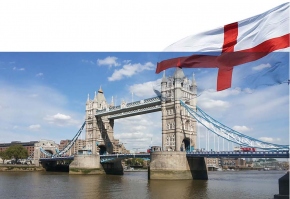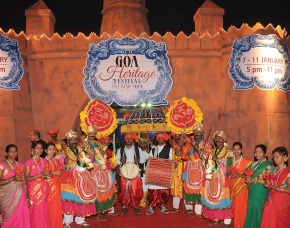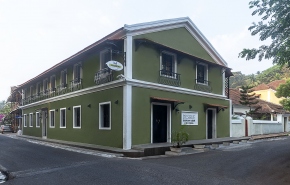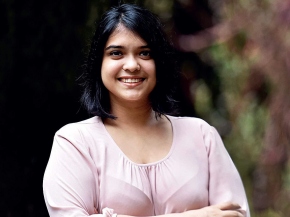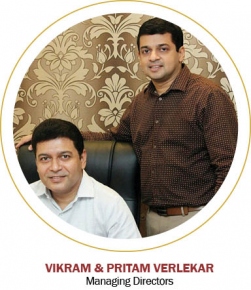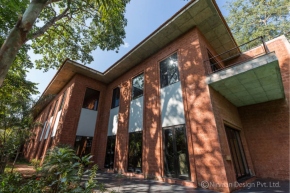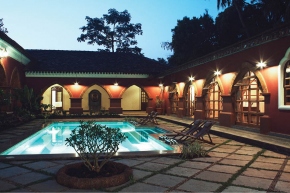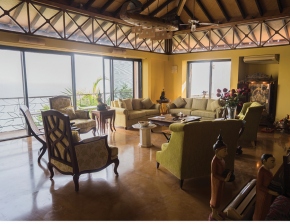- Axis Mutual Fund launches Axis Global Innovation Fund of Fund
- IHCL EXPANDS amã STAYS & TRAILS PORTFOLIO IN GOA
- Ending Period Taboo
- Scheme Snafu
- Equal Future
- Transcending Stereotypes
- Reboot for 2021- Refreshed & renewed with Jiva spa @ Taj, Goa
- Cottonfab 2021 at Kala Akademy
- Lockdown Dairy: Fests & Zatras remembered
- Aby Jose
Goa: Past, Present, Future
Renowned director Padma Bhushan Shyam BenEgal recounts the experience of shooting two of his acclaimed films 'Trikaal' and 'Bhumika' in Goa
I visited Goa for the first time in 1967, a few years after its liberation from Portuguese rule. It was an extraordinary experience. Goa was both a part and apart from the rest in India.
It is a truism to say that India abounds in diversity citing its abundance of languages, religions, sects and ethnic groups. It would be equally redundant to boast of its climate and geography.
At first sight, Goa does not seem too different from its coastal neighbours; Maharashtra in the north and Karnataka in the south. Soon enough, you notice that Goa is, well, distinctly Goan. There is whole range of reasons for this difference. For me, Goa did not share the history of the rest of the country for over 500 years. Having been colonized by the Portuguese, it had a radically different colonial experience. Let me indulge, a bit in this potted history, Goa remained altogether rural, with an extremely stable village organisation of communidades. The Portuguese strategy to covert people to Christianity was begun at the top, with the caste elites. This helped in containing social ostracism, resentment and general turbulence within the caste system seen elsewhere in India under British rule. Portuguese rule until late eighteenth century was vastly more repressive than British rule. Hindus were prevented from temple worship and the Muslim call to prayer at mosques was banned, leading to an exodus of some sections of these communities to safer places outside Portuguese domain. Paradoxically, Goa was affected far more by the Republican politics of Europe than any other art of India. It adopted many of the judicial practices of Napoleonic France that made for a more egalitarian civil code compared to the rest of India. All his happened well before the emergence of democracies even in Europe!
What I remember most of Goa from my first visit was the sacred music, both in churches and temples. On the nights when the deities are ceremonially taken on palkis from the temple to bless the village, the bhajan singing that accompanied them was so extraordinary melodious that the singers could easily have been Lata Mangeshkar, Kishori Amonkar, Moghubai Kurdikar, Shobha Gurtu or Kesarbai Kerkar. Incidentally all these great singers had their origins in Goa.
The visit I made in 1967 was actually to shoot a segment for a tourism promotional film on South India. Everything about Goa then was captivating: the gentle pace, the laidback character and the unaggressive nature of the people.
Article Courtesy: Location Goa, Department of Information & Publicity, Govt of Goa
Read the full article in 'Viva Goa' magazine copy.
Viva Goa magazine is now on stands. Available at all major book stalls and supermarkets in Goa.



